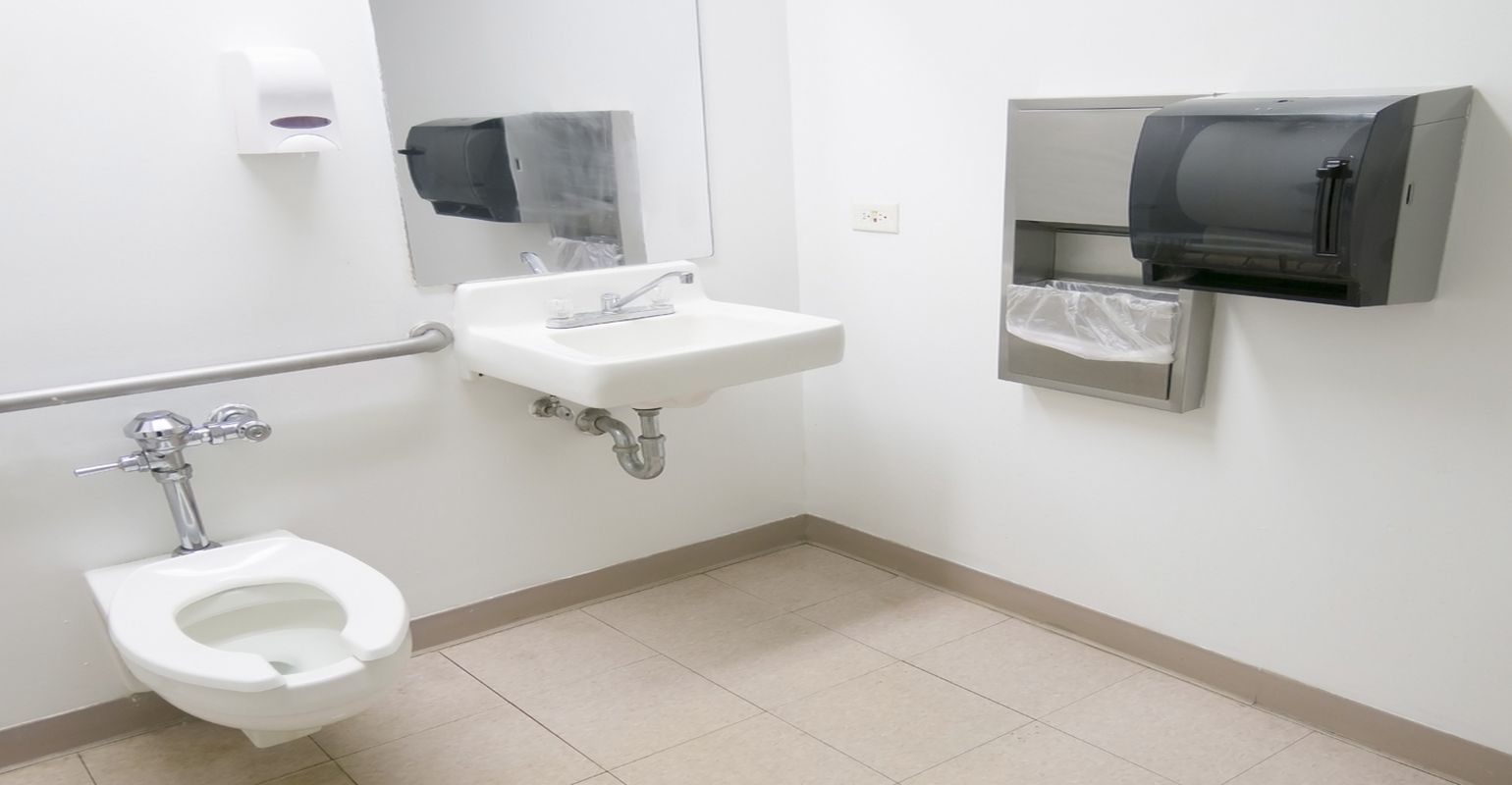Sinks Next to Toilets in Patient Rooms May Harbor Dangerous Organisms

Sinks situated next to patient toilets in hospital rooms may be reservoirs for Klebsiella pneumoniae carbapenemase (KPC), increasing the risk of dangerous germ transmission, according to new research published in the American Journal of Infection Control (AJIC), the journal of the Association for Professionals in Infection Control and Epidemiology.
The study found a high prevalence of KPC positivity in sink drains located next to toilets. Of the samples tested, 87.0 percent of patient sinks next to toilets tested positive for KPC â in stark comparison to the 21.7 percent of sink drains located closer to the entry door of the room.
Klebsiella is a type of bacteria that can cause a number of healthcare associated infections, such as pneumonia, bloodstream infections, wound infections or surgical site infections. Increasingly, Klebsiella bacteria have developed antimicrobial resistance, most recently to the class of antibiotics known as carbapenems.
In four of five rooms in which the entry-door sink tested positive, the sink near the toilet was also positive, suggesting a potential source for cross-contamination within the same room. Researchers in Milwaukee, Wisconsin performed the study in the medical intensive care unit (MICU) of a 600-bed Wisconsin hospital. The MICU did not have any documented interactions with KPC-producing organisms within the past year.
“This study, if validated, could have major implications for infection control,” agree study authors, Blake Buchan, PhD and Silvia Munoz-Price, MD, PhD. “If sinks next to toilets are indeed a reservoir for KPC, additional interventions â such as modified hand hygiene practices and sink disinfection protocols â may be needed to stem the risk of transmission among healthcare providers and patients alike.”
This is the first study to directly examine the relevance of sink proximity to toilets in patient rooms. The researchers point out that while it’s not clear how contamination occurs, it is plausible that biofilms growing in pipes shared between toilets and sinks, or that flushing generates contaminated drops that reach the sink drains.
“The results of this study demonstrate the importance of remaining vigilant to potential areas of cross-contamination,” said 2019 APIC president Karen Hoffmann, RN, MS, CIC, FSHEA, FAPIC. “Maintaining a strong understanding of environmental risks is critical to protecting patient safety, and this is yet another example of how germs can lurk in often the most unexpected of places.”
Source: APIC